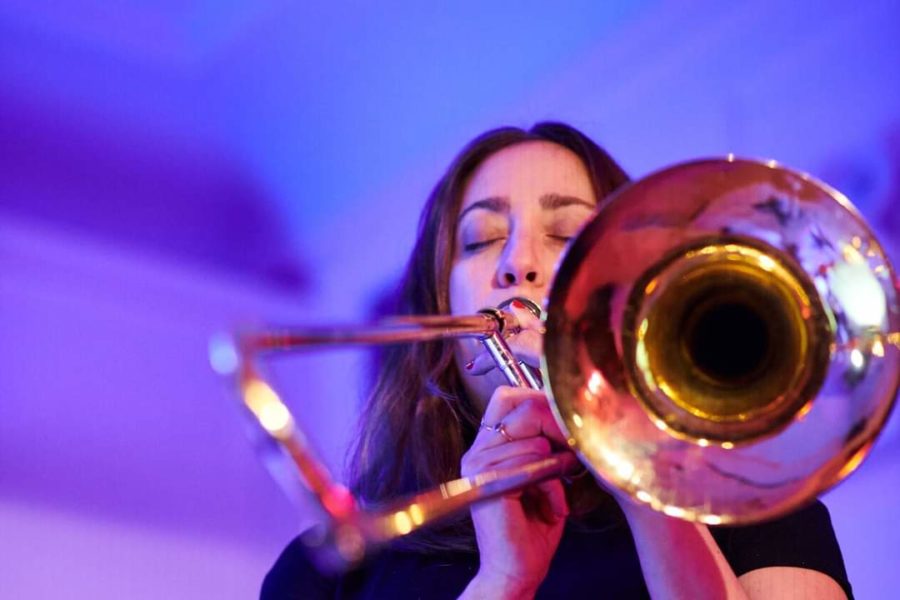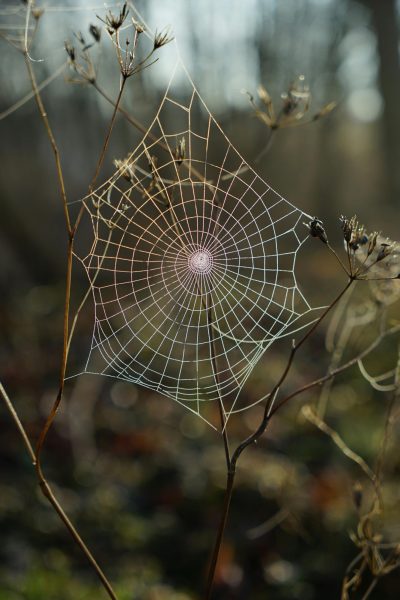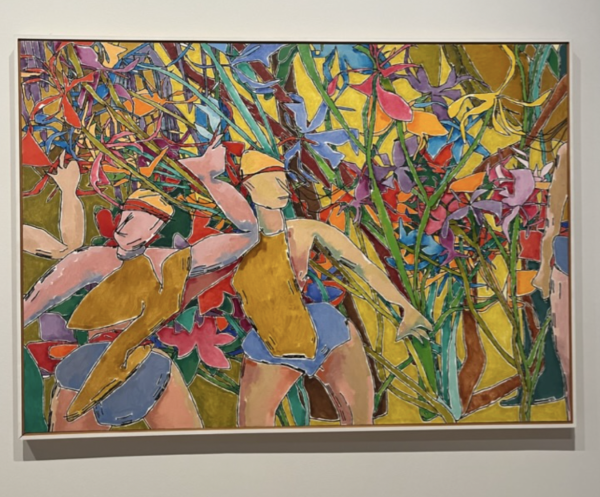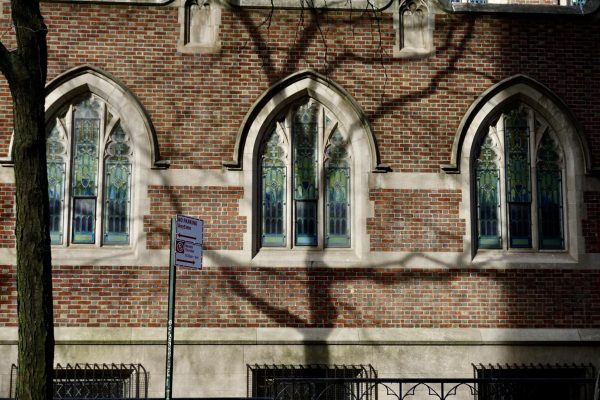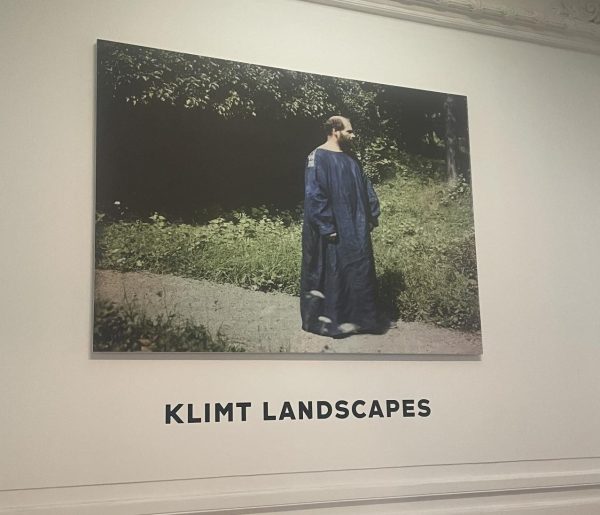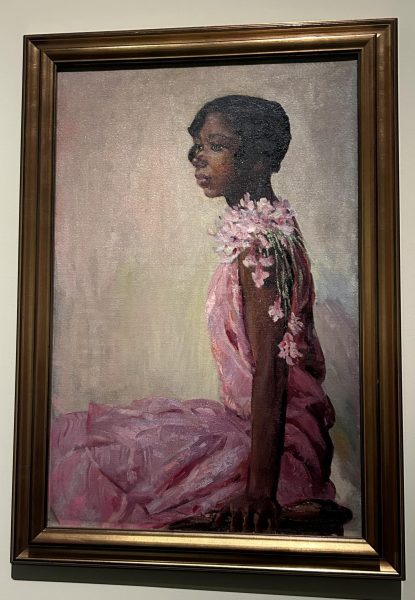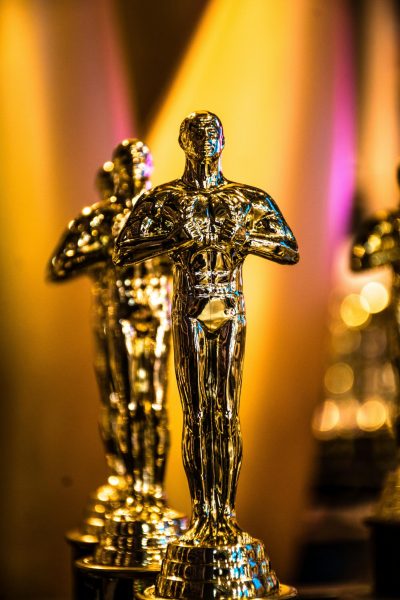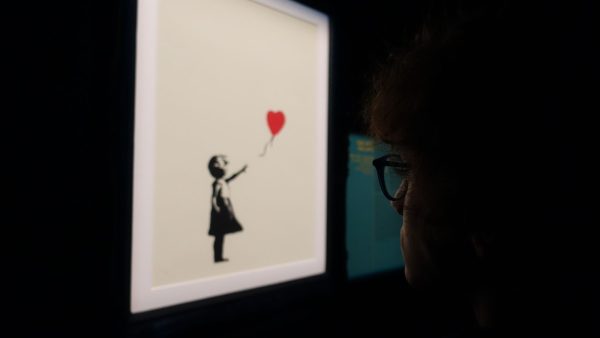Red, White, and Blues: Americana Folk
Since its genesis, Folk music has played a pivotal role in social and political movements throughout American generations.
“When I was a little kid, my grandparents sometimes took me to concerts. My mom is a music lover, and it is a way that we connected when I was young. Rather than listening to ‘kids’ music,’ she often played artists like Cat Stevens, James Taylor, Donovan, and Simon and Garfunkel,” Ms. Kim Brooks said.
The phrase, “American culture” encapsulates a world of meaning. Founded on the principle of unity under differences, the United States has constantly tested this philosophy from its birth to the nation it is known as today. Yet through social turmoil and injustice, the American spirit lives on through activists seeking to fight for civic justice and the right to individuality in a conformist modern society.
Therefore, it is only fitting that America’s most popular medium of cultural exchange follows a similar format. Of the many genres that encompass the music industry, Folk remains the most relevant yet constantly changing across generations. Defined as music that originates in traditional popular American culture and orally transmitted across generations, Folk has come a long way from its roots.
Folk music originates from a mixture of European settler, enslaved African, and Native American influences. The term is commonly associated with early and mid-twentieth century bluegrass, country, and eventually, protest songs that brought it to national prominence which influenced intergenerational communication that rallied youth across all social intersections.
Folk music developed separately during the revival period of 19th-century European nationalism, shortly before and after World War II, that were motivated by 20th-century political agendas. The became an outlet to speak on and spread awareness of complex social injustices through plain language created a movement that was accessible to all Americans and formed strong unity among youth of diverse backgrounds.
The discerning relatability of folk music comes from its deviation to standard genres, which cater to one audience and capitalized on differences. Most notably in the mid-twentieth century, Rock music was an outlet for the frustrated youth, providing commentary on political problems. However, Folk music, unlike Rock, pushed boundaries without inciting anger or negativity, developing instead from a blend of professional artists and amateur youth. Combining their personal perspectives and lived experiences shaped the genre into a universal and unifying form of music that emphasized community, chosen family, and hope for a better future.
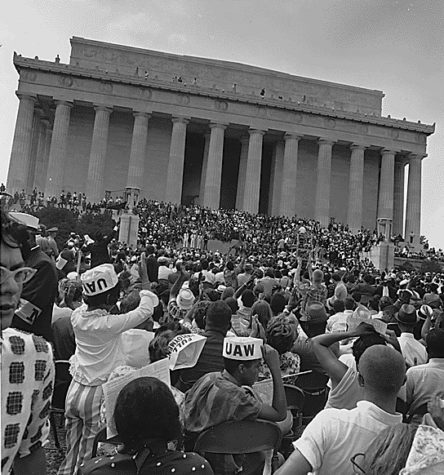
Many artists and activists were responsible for spearheading the movement, one being Joan Baez. Baez grew up in Staten Island, New York, and burst onto the Folk scene with the Newport Folk Festival in 1959 when Bob Gibson, an established performer, brought Baez on stage with him. Though he is accredited with “discovering” Baez, Gibson refused that narrative. “It was like discovering the Grand Canyon. I may have introduced her to her first large audience, but do you think that girl was going to stay unknown?”
Baez was considered the “barefoot madonna” of Folk; her clear soprano voice was unusual for the standard rugged folk singer, but her determination and proactiveness kept her at the frontlines of activism. “I went to jail for 11 days for disturbing the peace; I was trying to disturb the war,” Baez said. Baez’s sentiments marks one of many intersections Folk had on political and social revolutions in mid-twentieth century America. At only 22, Baez was in the group of performers who marched on Washington for civil and economic rights for African Americans with her song, “We Shall Overcome.”
But being an activist wasn’t met without government conflict. Pre-civil rights era, political parties such as the American Communist Party and other groups with socialist leanings were active among advocates of social reform, especially unionization. After World War II began, paranoia ensued on socialism, communism, or anyone who associated with the philosophies. The Almanac Singers were a target of these accusations and were branded dangerous by the government, leading to negative press, difficulty in booking performances, and harassment, events which caused them to disband in 1942. McCarthyism was equally rampant in later years and caused similar distress against creatives involved in anti-capitalist protests. Whether activist folk singers were involved in those political parties or not, they were often considered so by association.
Folk singers were often criticized or dismissed for their outrage; activists were largely college aged and educated, and older generations found their protest towards war and racial conflicts futile as they were and would remain privileged members of society.
Yet to say all younger artists were sheltered from the activities they sang and wrote about would be incorrect. Pete Seeger of the Weavers served in the Army during World War II as an airplane mechanic and performing for the troops. The pent up anger and frustration at the government all the more fueled his understanding towards anti-violence and anti-war efforts.
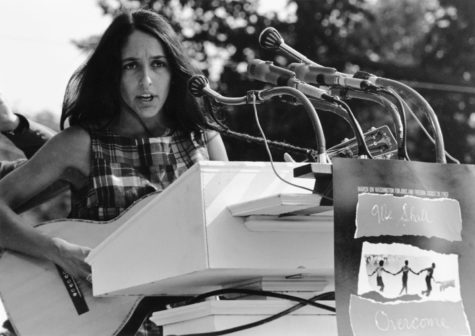
Acknowledging Folk’s influence on social reform and racial justice must also highlight the role Black musicians, writers, and folklorists had on the genre’s popularity.
Ms. Kim Brooks, a Bronx Science English teacher, said that she believes, “Folk music is definitely changing, and I have enjoyed music that draws upon the traditions.” She redirected the creative decisions toward lesser spoken about artists. “I am very interested in the work of Rhiannon Giddens and her studies, especially around the ways in which the work of Black artists has been appropriated. I think it is especially important to explore and recognize which voices in folk music are uplifted and which have been silenced or copied without credit. Rhiannon Giddens played with Leyla McCalla, who we studied briefly when we read an Edwidge Danticat story in class. She’s also amazing,” Brooks remarked.
In the modern context, producing and enjoying Folk music has become much less controversial. The shift from rural to urban interest in folk music has been the most significant in bringing wide-spread attention to American culture in a modern era. The revival of original folk sounds in contemporary pieces has brought hope in producing a new generation of activists who aim to unite rather than divide young Americans. “While it is always a concern when music styles shift and evolve that some elements of its origin will be lost, I love to see what happens in time and hope that artists will pay proper homage and respect to their influences and roots. Modern artists with roots in folk that I really enjoy are Brandi Carlisle, Mumford and Sons, Grizzly Bear, and Bon Iver,” Brooks said.
And though folk has since been revived by well-known artists exploring the genre, such as Taylor Swift, Lana Del Rey, Ethel Cain, and more, there still remains a hole that can be filled.
Ms. Brooks said, “It is really important to me as a teacher to infuse music and the visual arts into our explorations in class. We must recognize that art exists across genres, and we should not silo or label art in a way that stops us from making connections. As we have studied in class, music is a powerful way for artists and activists to teach and draw attention to important social issues, and to call others to action. I do believe that the social justice element of the music that my family shared when I was young helped to set a foundation for me…Rather than listening to “kids” music, my mother often played artists like Cat Stevens, James Taylor, Donovan, and Simon and Garfunkel.”

Folk was a medium to connect with its audience, and in an age of technology, could be much more interactive and accessible to inspire community in current youth. As new generations become increasingly disconnected, redirecting students to Folk as a creative and expressive outlet can create a future of involved and compassionate leaders.
Folk singers were often criticized or dismissed for their outrage; activists were largely college aged and educated, and older generations found their protest towards war and racial conflicts futile as they were and would remain privileged members of society.
Camila Kulahlioglu is an Editor-in-Chief for ‘The Science Survey.’ She hopes that her writing will inspire her peers to find new literary passions...

